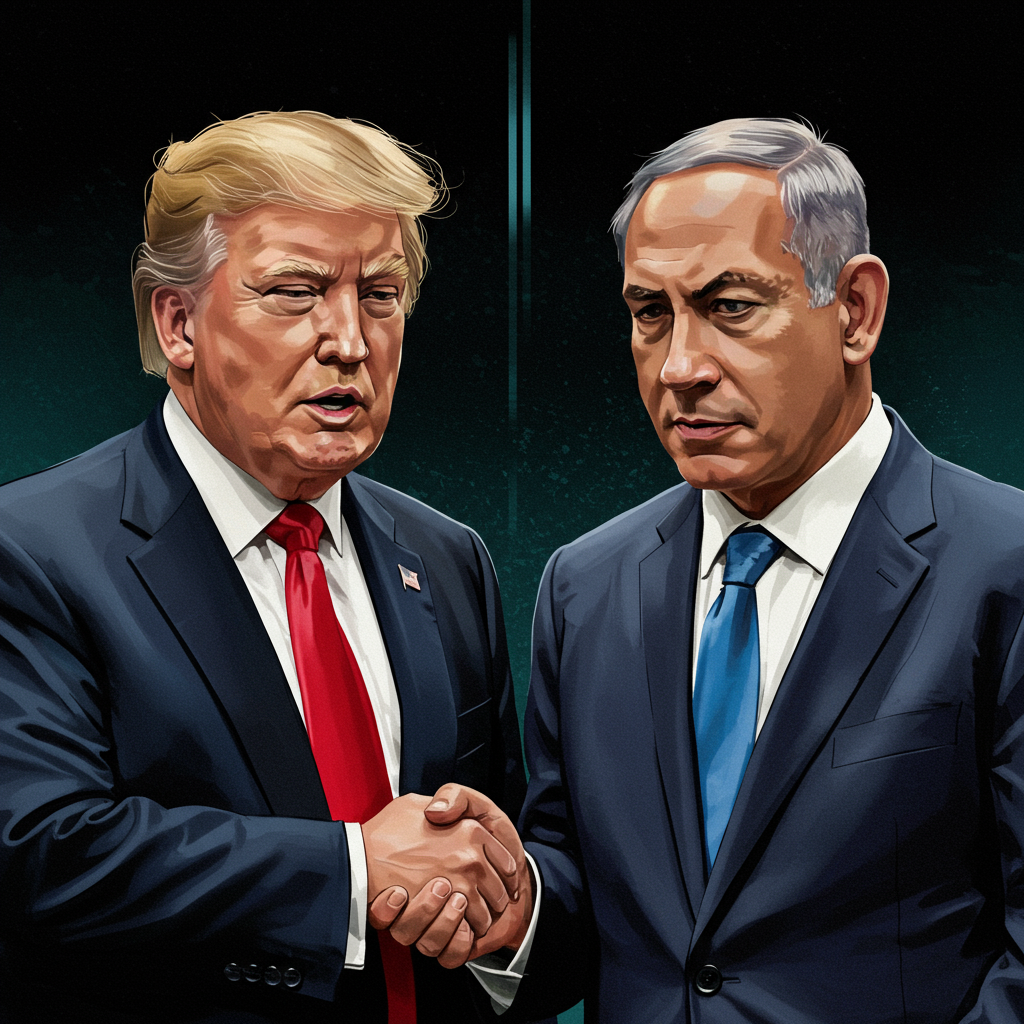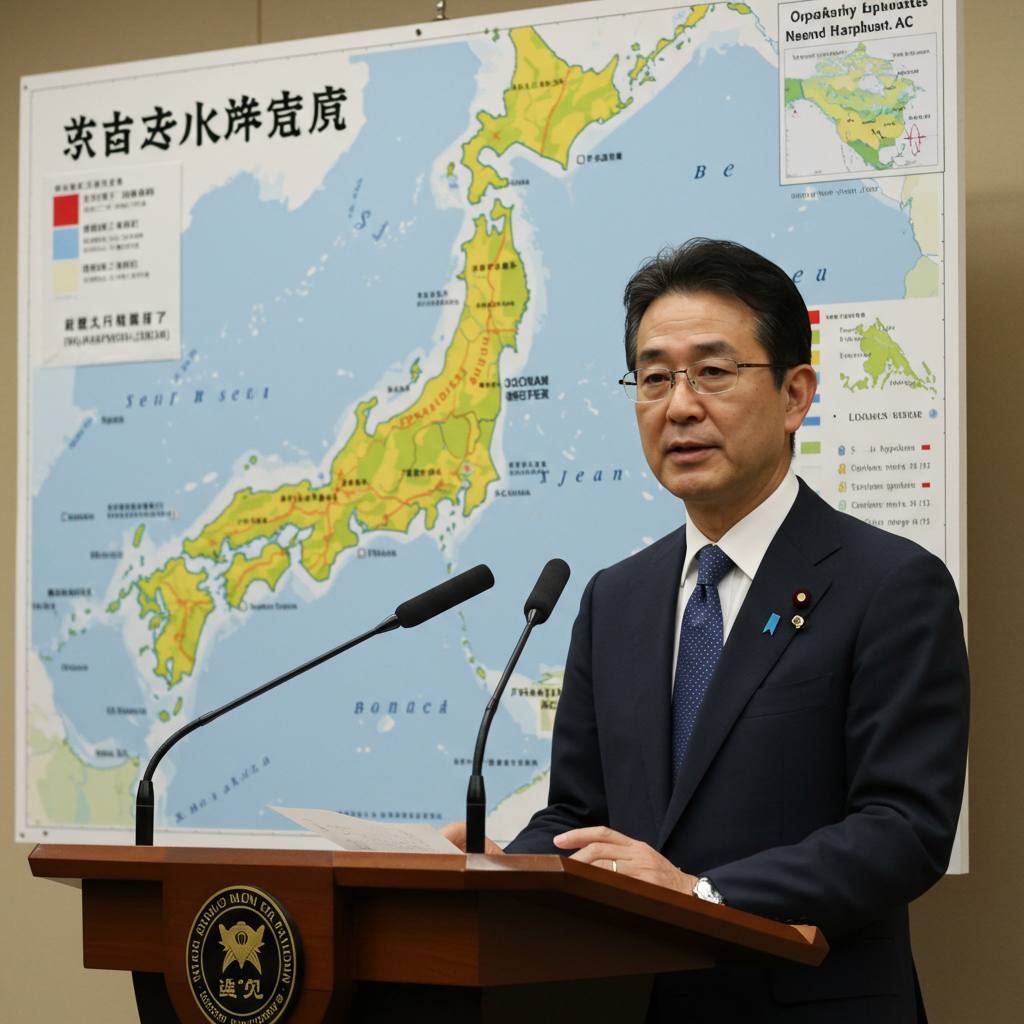Iran’s Supreme Leader, Ayatollah Ali Khamenei, has ended a notable period out of the public eye, making his first physical appearance since intense fighting erupted between Iran and israel just weeks ago. The 86-year-old leader attended a significant religious ceremony in Tehran on Saturday, July 6, 2025. His presence at the Ashoura mourning event followed days of speculation regarding his location and well-being during the 12-day conflict that saw direct military exchanges and United States involvement.
Sources familiar with the situation had suggested that Khamenei, who holds ultimate political and religious authority in Iran, might have been in seclusion or even a bunker for security reasons during the hostilities. Iranian state media had not addressed these rumors, only airing prerecorded messages from the leader during the peak of the crisis. However, state television footage on Saturday showed the Ayatollah waving and nodding to a large crowd gathered at a mosque near his official office and residence in the capital city. Attendees reportedly rose to their feet as he entered the packed venue, which was under heavy security measures. No immediate public statement from Khamenei was reported during the ceremony itself.
The Conflict and its Fallout
The recent 12-day war, which began on June 13, marked a significant escalation in the long-running shadow conflict between Iran and Israel. While the stated primary objective of Israel’s initial strikes was to curb Iran’s alleged pursuit of nuclear weapons – an accusation Tehran denies – the fighting quickly broadened. The United States became directly involved on June 22, conducting bombing raids on three key Iranian nuclear sites. This intervention prompted public warnings from then-President Donald Trump to Ayatollah Khamenei via social media, indicating the US was aware of his location but had no immediate plans for his assassination.
The human cost of the conflict was substantial on both sides. Official figures from Iran reported over 900 deaths and thousands of injuries. Iran’s retaliatory ballistic missile attacks on Israel, though mostly intercepted, resulted in at least 28 fatalities there and caused damage in multiple areas.
Impact on Iran’s Nuclear Ambitions
One of the most critical outcomes of the conflict was the confirmed damage to Iran’s nuclear facilities. Following the ceasefire on June 24, Iran acknowledged that its nuclear sites had sustained serious harm. Compounding international concerns, Tehran subsequently denied access to inspectors from the International Atomic Energy Agency (IAEA), the UN’s nuclear watchdog. This move significantly hampered the agency’s ability to monitor a program that had been enriching uranium to levels nearing weapons-grade purity.
The situation further deteriorated when Iran’s president ordered a formal suspension of cooperation with the IAEA on the Wednesday before Khamenei’s public return. This action prompted urgent calls for renewed dialogue from IAEA Director-General Rafael Grossi, who stressed the necessity of promptly resuming monitoring and verification activities. Grossi had earlier provided a crucial assessment regarding the US attacks, stating publicly that the damage to Iranian facilities was severe but “not total.” He refuted claims that Iran’s nuclear capabilities had been “obliterated,” noting that Tehran still possessed the capacity to produce enriched uranium relatively quickly, potentially within months or even less time, leveraging its existing “industrial and technological capacities.” This assessment was reportedly supported by preliminary US intelligence, which estimated the bombings set back Iran’s program by only a few months, possibly as little as one to two months before it could be restarted.
Uncertainties persist regarding the full extent of the damage, whether critical nuclear materials or centrifuges were moved before the attacks, and if Iran remains open to future negotiations with the United States concerning its nuclear program. Notably, Iran was reportedly engaged in nuclear talks with the US before the conflict erupted, following the US withdrawal from the 2015 Joint Comprehensive Plan of Action (JCPOA). Despite suspending IAEA cooperation, Iran’s Foreign Minister reaffirmed the country’s commitment to the Treaty on the Non-Proliferation of Nuclear Weapons (NPT), countering speculation about a potential withdrawal from the international accord.
Broader Military and Political Targets
Beyond the nuclear sites, Israel’s military campaign also targeted Iranian defense systems, high-ranking military officials, and atomic scientists. In response, Iran launched a barrage of over 550 ballistic missiles toward Israel. While Israeli defenses intercepted the majority, some projectiles penetrated, causing casualties and damage.
The public re-emergence of Ayatollah Khamenei signals a return to a degree of normalcy for the leadership, following a period where heightened security appeared paramount. His previous public statement, delivered via prerecorded video shortly after the ceasefire, was defiant. On June 26, he claimed Tehran had delivered a “slap to America’s face” by striking a US air base in Qatar and warned the US and Israel against any further attacks on Iran. President Trump’s response to this was characteristically blunt, urging Khamenei to “tell the truth” and asserting that Iran had “got beat to hell.”
Religious Context of the Appearance
Ayatollah Khamenei’s choice of venue for his return to public view was deeply symbolic. He attended a mourning ceremony marking the eve of Ashoura. This significant annual event commemorates the 7th-century martyrdom of Hussein, the grandson of the Prophet Muhammad.
For Shiite Muslims, who make up over 10% of the global Muslim population and are the dominant sect in Iran, Hussein is revered as the rightful successor to the Prophet Muhammad. His death in battle against Sunni forces at Karbala, located in present-day Iraq, is a pivotal moment that historically solidified the major schism within Islam and remains central to Shiite identity and piety. The Ashoura ceremony involves fervent displays of mourning, often including processions with chest-beating and symbolic self-flagellation. Participants may also use red flags representing Hussein’s blood and wear black clothing as a sign of grief. The intense summer heat in Tehran during such outdoor ceremonies sometimes necessitates measures like spraying water for crowd comfort. Khamenei’s presence at this deeply resonant religious gathering underscores his role as both political and spiritual leader.
Lingering Tensions and Other Developments
While the primary conflict between Iran and Israel had entered a ceasefire phase, tensions in the region did not immediately dissipate. Shortly after Khamenei’s appearance, reports emerged of a missile fired towards Israel by the Houthis, an Iran-aligned group operating from Yemen. This attack, intercepted by Israeli defenses and triggering sirens, highlights how proxy forces remain active and can continue to pose threats despite formal ceasefires between state actors. The Houthis have been involved in attacks against Israel and Red Sea shipping since late 2023, impacting global trade routes. Israel has issued warnings to the group, threatening a naval and air blockade if the attacks persist.
Adding to the complex post-conflict landscape, Iran experienced a significant disruption to internet connectivity around the time of Khamenei’s public appearance. Global internet monitor NetBlocks reported a “major disruption” on Saturday, corroborating numerous user complaints. This development occurred weeks after authorities had reportedly shut down telecommunications during the war itself. NetBlocks later confirmed that internet access was restored after roughly two hours, but the incident raised concerns about potential government control over information flow during sensitive times.
The public return of Iran’s Supreme Leader marks a symbolic step after a period of intense national crisis and international scrutiny. However, the core issues that fueled the conflict – Iran’s nuclear program, regional proxy tensions, and direct confrontations with Israel and the United States – remain unresolved, leaving the future of the region uncertain.
Frequently Asked Questions
Why was Iran’s Supreme Leader’s public return significant after the conflict?
Ayatollah Ali Khamenei had reportedly been out of public view for weeks following the outbreak of hostilities between Iran and Israel on June 13, 2025. His absence fueled speculation, including reports that he might have been in seclusion or a bunker for security reasons, a possibility not confirmed by state media. His return to public events, specifically attending a major religious ceremony like Ashoura on July 6, indicated a return to a more visible leadership profile after a period of heightened national security concerns and reliance on prerecorded messages.
Where did Ayatollah Ali Khamenei make his first public appearance?
Ayatollah Ali Khamenei made his first public appearance since the Iran-Israel conflict at a mosque located next to his office and residence in Tehran, Iran. The appearance occurred on Saturday, July 6, 2025, during a mourning ceremony commemorating the eve of Ashoura, a significant religious event in the Shiite Muslim calendar.
What are the key implications of Iran suspending IAEA cooperation after the conflict?
Iran’s decision to suspend cooperation with the International Atomic Energy Agency (IAEA) significantly complicates international efforts to monitor its nuclear program, particularly after its facilities sustained damage during the conflict with Israel and the United States. The IAEA director has stressed the critical need to resume monitoring. While Iran maintains its commitment to the NPT and denies seeking nuclear weapons, the suspension of inspections raises concerns about its activities, especially given its ability to enrich uranium to near weapons-grade levels and the assessment that its program could potentially be restarted within months despite the recent attacks.


